A few weeks ago our good friend Stephen Trimble, the big cheese over at Flightglobal’s Americas Bureau and possibly the world’s most well-traveled human, cleaned out an old file cabinet in his office. As he dug through old papers of all types, he began to notice that the cabinet was a time capsule of sorts full of military program briefs from the last decade. It almost served as a “greatest hits” of abortive defense concepts from that period, some of which sucked up billions of dollars before meeting the budgetary axe, others just couldn’t find a market, but all were fascinating to look back upon.
Stephen started to post some snap shots of his unexpected walk down memory lane on Twitter, when I quickly approached him to see if we could do a story on the best of his finds, and of course he was totally in.
Stephen described the special filing cabinet to The War Zone as such:
“That big gray file cabinet sat beside my desk, but I hadn’t opened it in at least 10 years. Technically, it wasn’t mine. It belonged to my predecessor, and he was a bit of a pack-rat.
When he left the company, he also left the journalism profession, so he bequeathed his copious and neatly organized files on his somewhat dazed and ill-informed successor. I started at Flightglobal 15 years ago, and that file cabinet was my secret weapon my first few years on the job. This was in the era just before the great digitization of all important documents. Paper still was king.
Those hanging, green file dividers contained all manner of necessary materials: Specifications, high-resolution photos and printed out copies of those impressively informative press conferences of yesteryear, before the industry’s corporate lawyers decided basic information about their products was intellectual property, guarded with more jealousy than the gold at Fort Knox.
After a few years, of course, the relevance and currency of the information stored in that file cabinet had run its course. I had filled up an adjoining file cabinet with fresh material on a new generation of programs, like KC-X, and JSF, and JCM and, well, KC-X again. But I never threw out any of my predecessor’s stuff.
A decade or so went by and eventually our company bought another company. Somebody noticed we now owned two offices in the metropolitan DC area, so one had to close down and consolidate with the other, and that was our office. So, for the first time in more than a decade, I opened my predecessor’s file cabinet. It was no longer my secret weapon. It was instead a time capsule of the aerospace industry circa the late 1990s and 2000s.
File names that once bore so much importance—Comanche, MC2A, BRJ-X, LOCAAS—now seemed like lost relics of a different era, preserved on an irrelevant medium like paper. It probably took me three or four times the minimum required to go through all that period, but I didn’t mind it at all.”
Below is a taste of some of the briefs Stephen came across while on his cleaning mission. Taken together, these four programs sort of encapsulate the aerospace-defense industry’s failed hopes and dreams of a decade. But just because these programs never came to fruition, the concepts behind them, and some of the technologies developed for them, have benefited other programs that proved to be far more successful.
For instance, technology and some of the concepts behind Comanche ended up in the latest AH-64 Apache variants. Its stealth technology certainly influenced Sikorsky’s now legendary “Stealth Hawk” low-observable H-60 Black Hawk derivative that helped make the Bin Laden raid a success.
Low Cost Autonomous Attack System, better known as LOCAAS, was a progenitor of the swarming unmanned concepts and autonomous standoff munitions technology we see today.
Boeing’s stealthy Silent Eagle F-15 concept helped pave the way to less ambitious but still very important upgrades to existing F-15s. It also influenced the configuration and capabilities mix of the next generation F-15, the F-15 Advanced, and its derivatives that are now flying with the Saudi Air Force and will be delivered in an even more potent form to Qatar, and possibly Israel, in the coming years.
Maybe the most frustrating loss of all was the F136 alternative engine for the F-35. But GE has leveraged its development for other programs, and it will likely influence the next leap in fighter aircraft powerplants, such as those being developed for the Adaptive Engine Transition Program ran by the Air Force Research lab.
Anyway, here are those briefs, enjoy the memories!

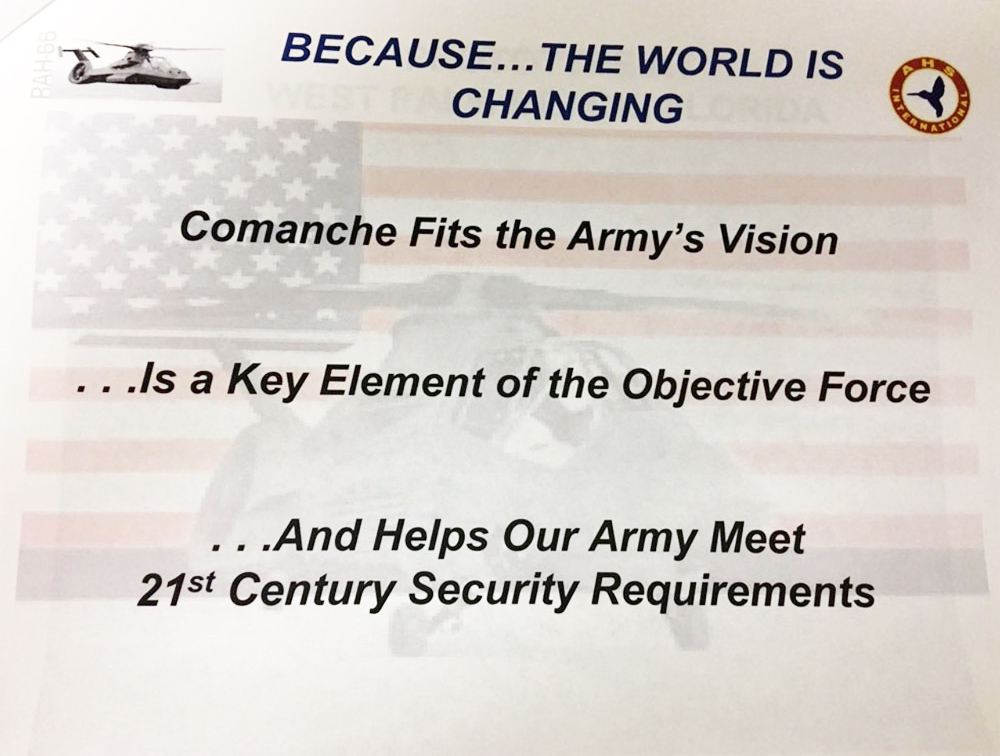
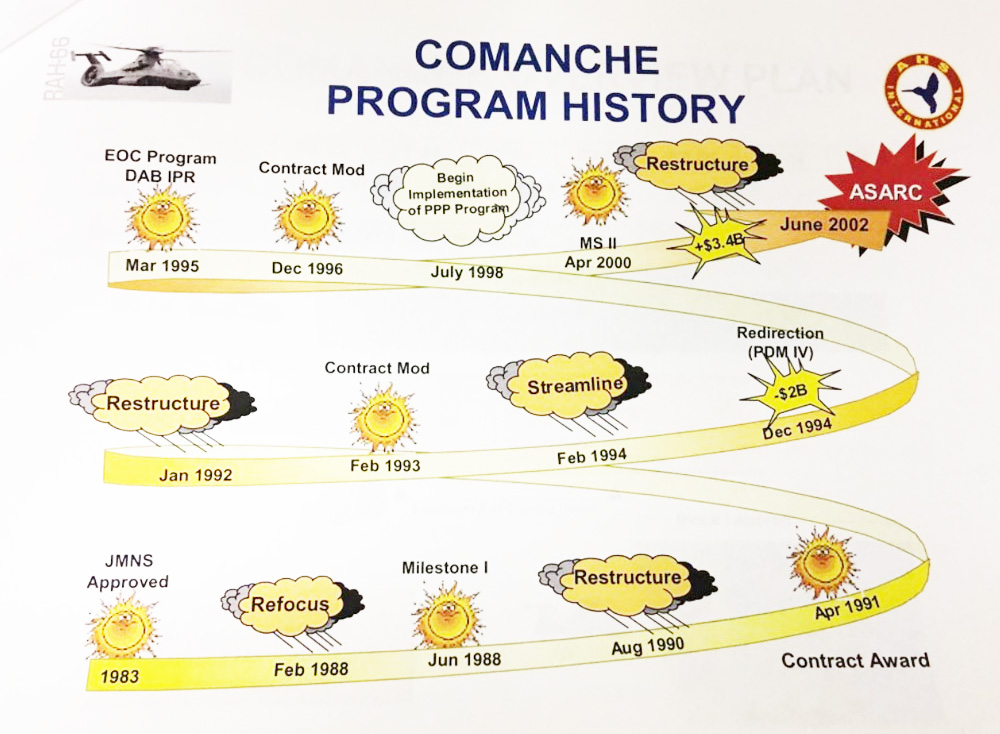
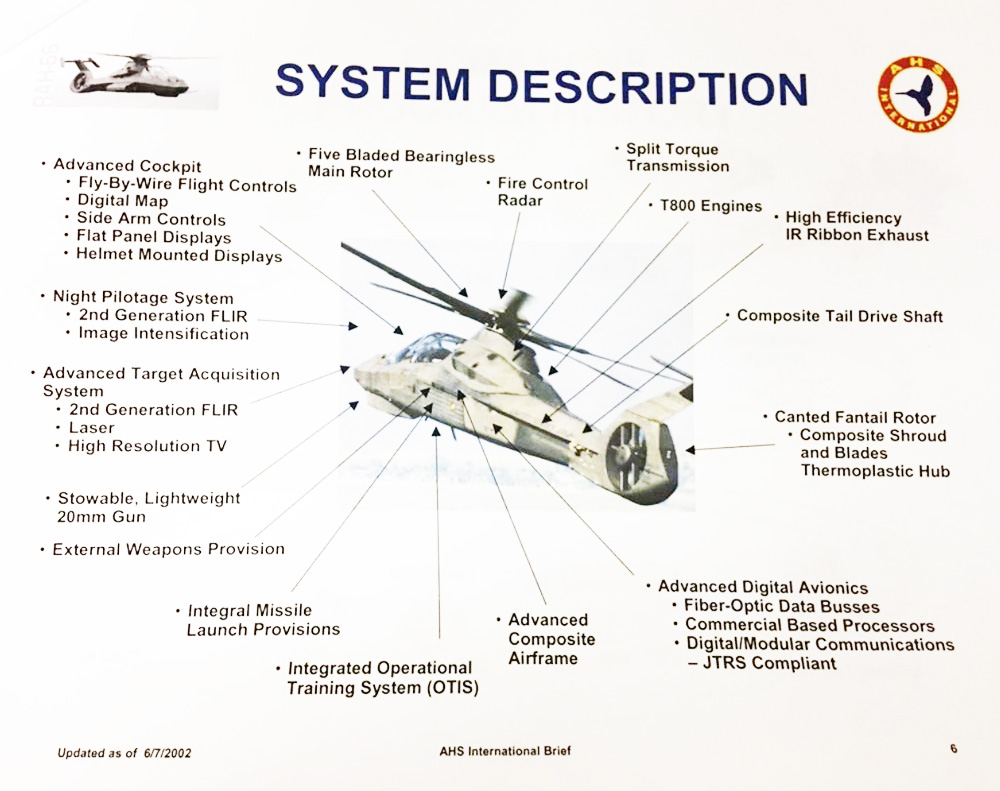

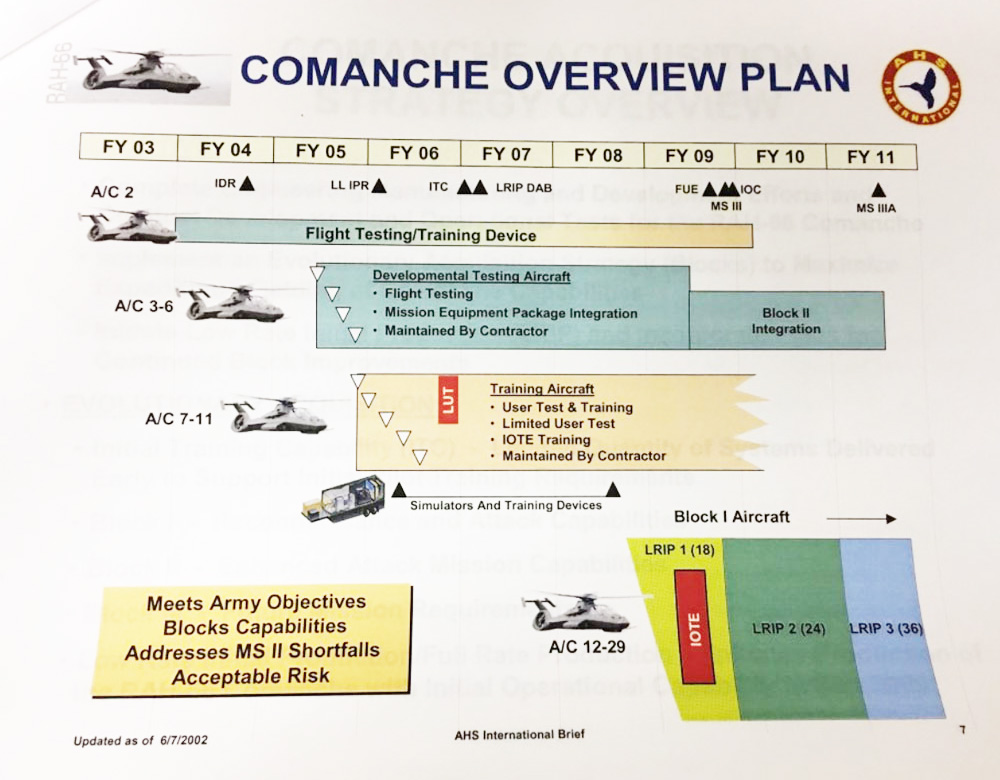
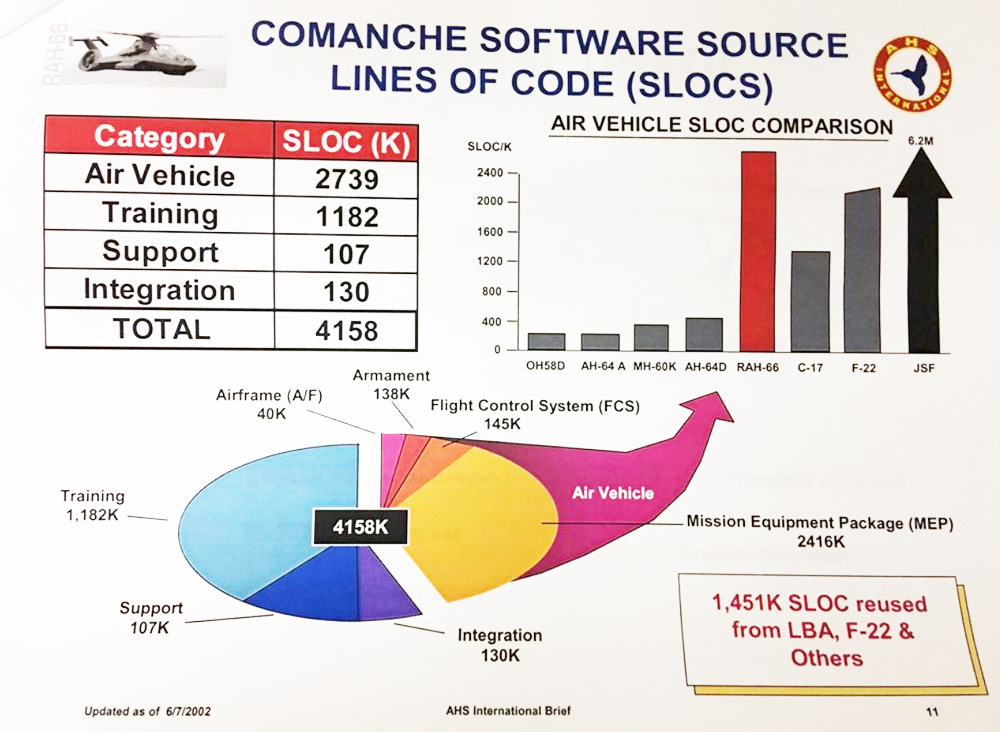

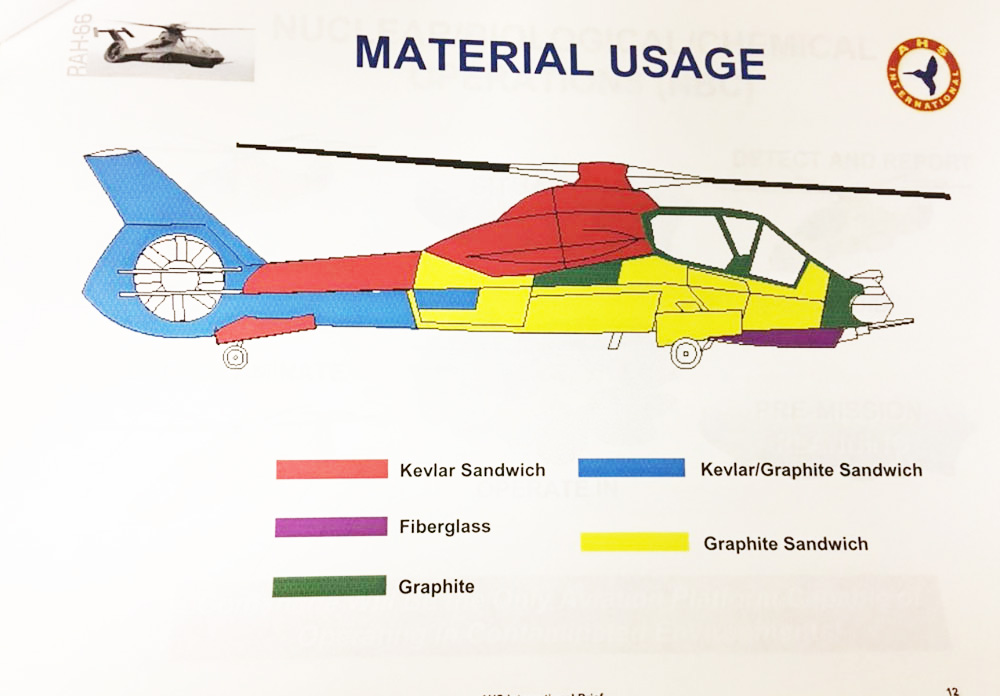
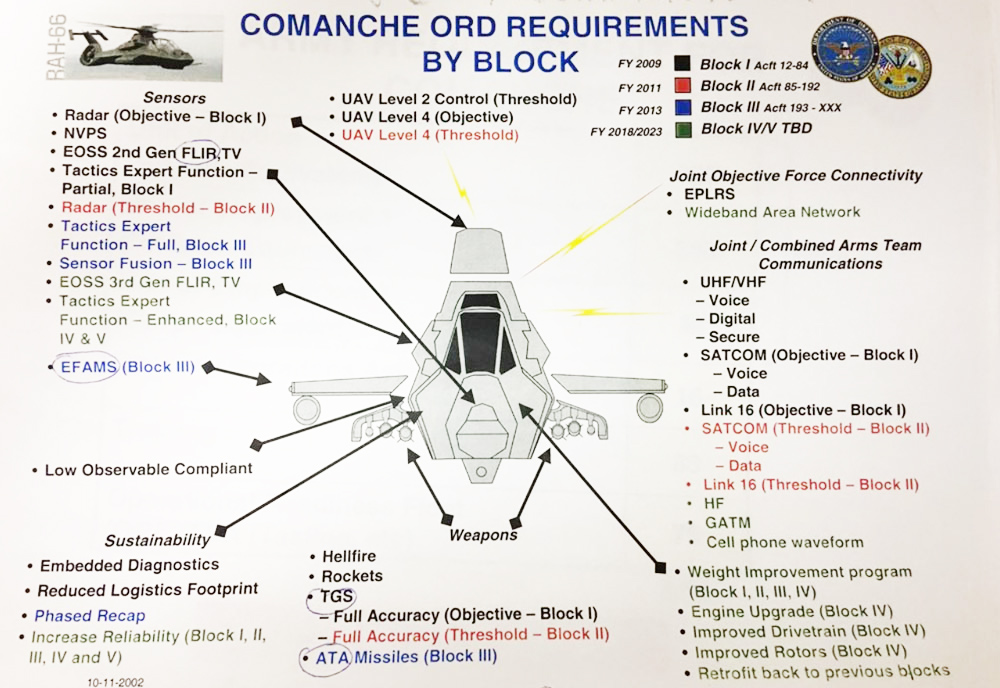
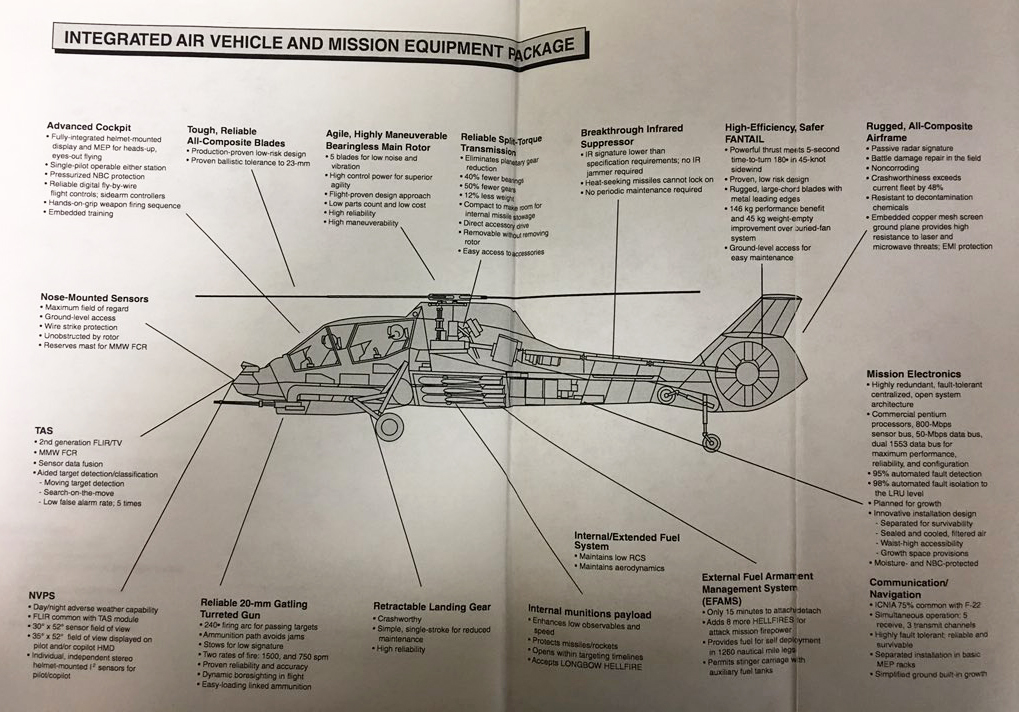

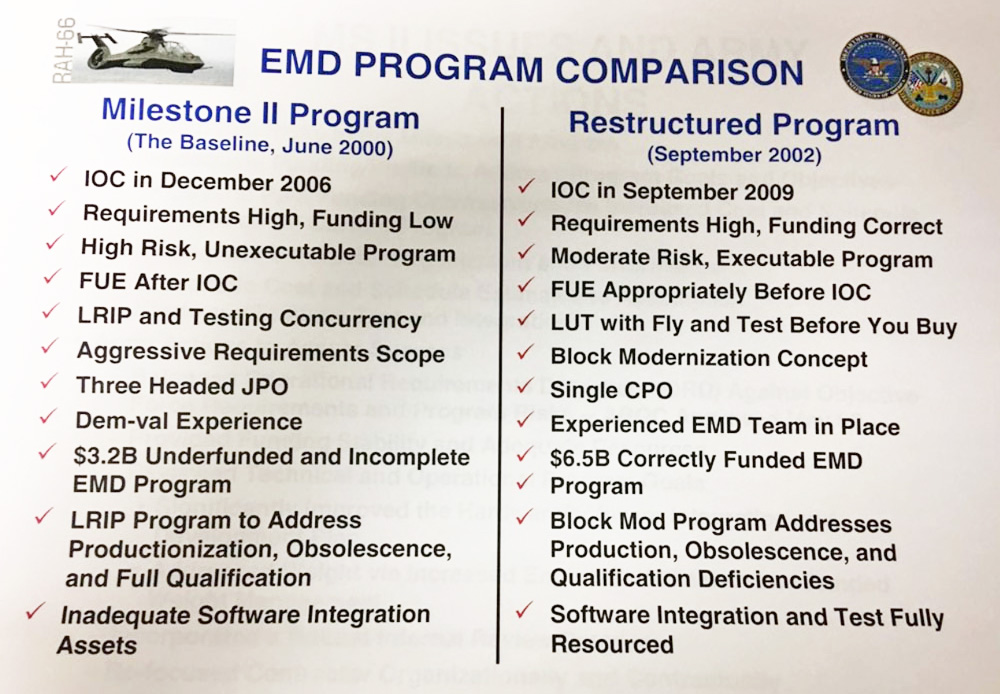

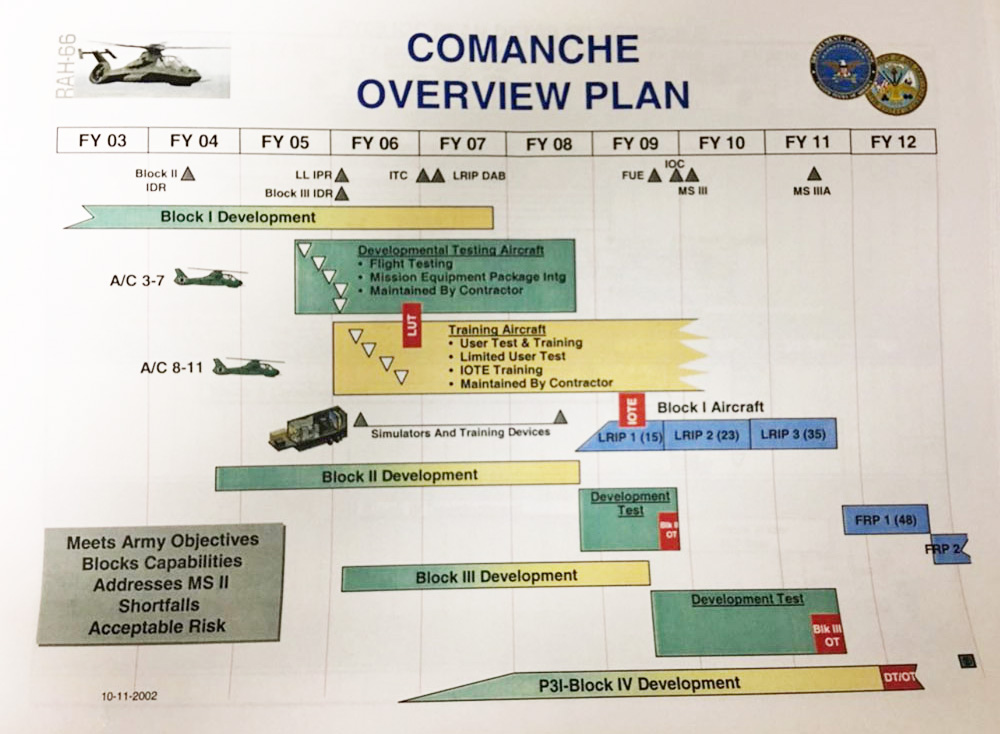
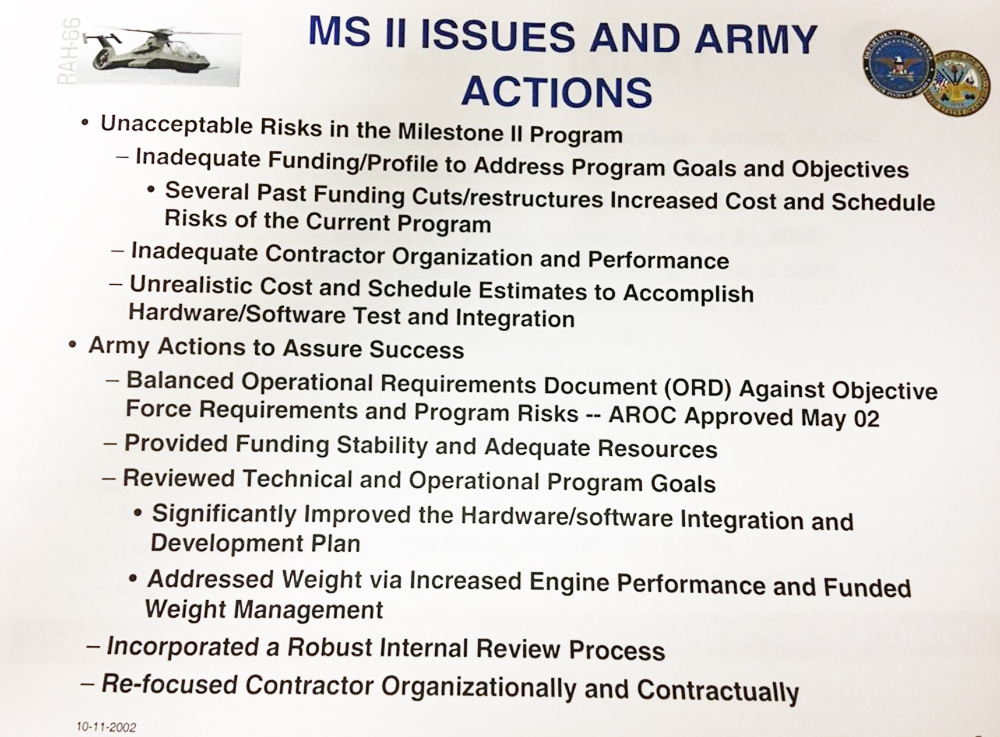
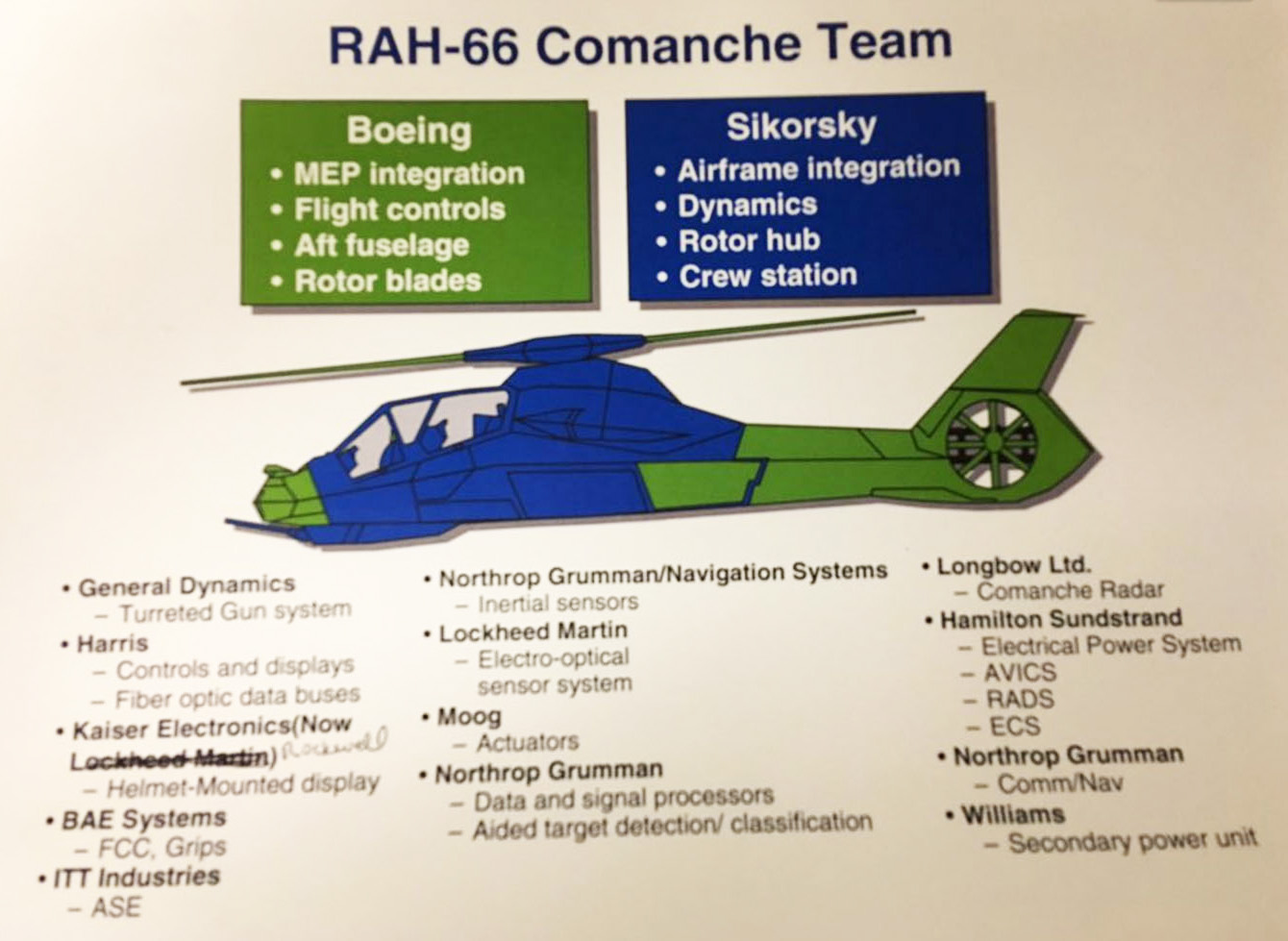
LOCAAS

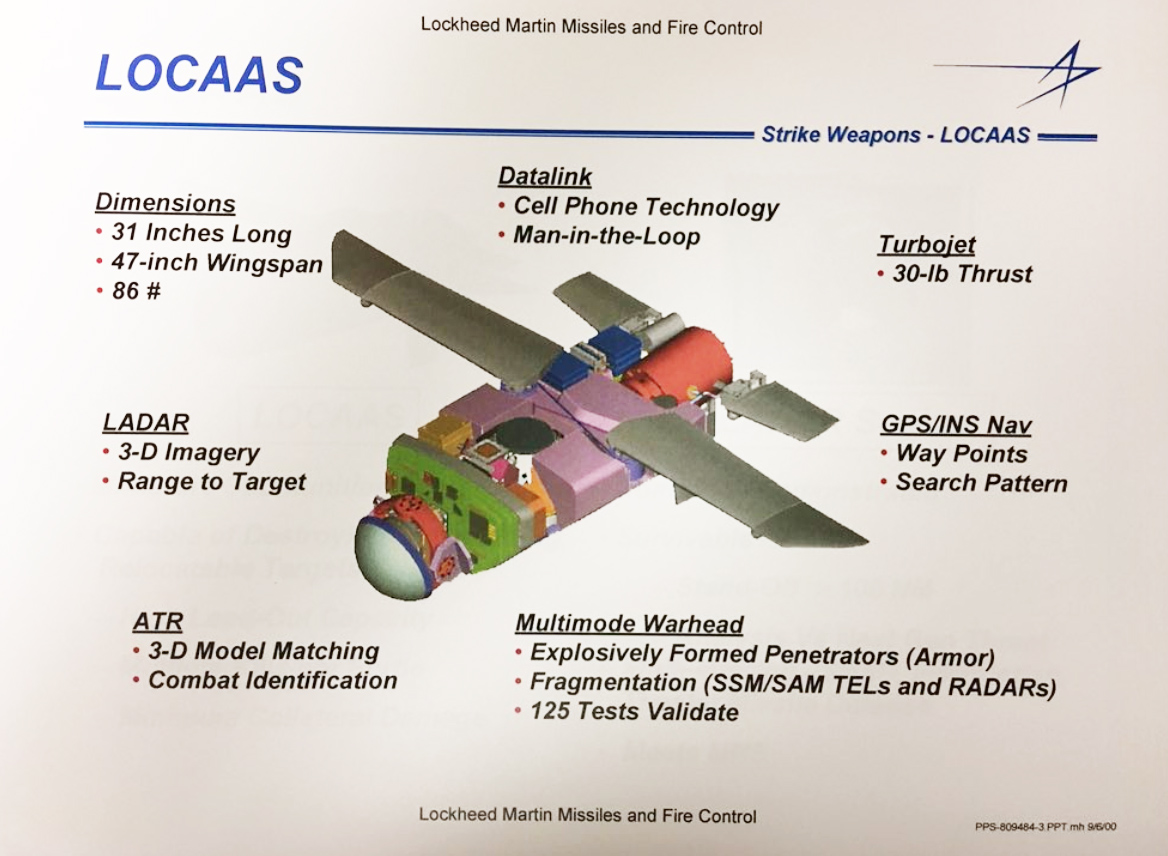

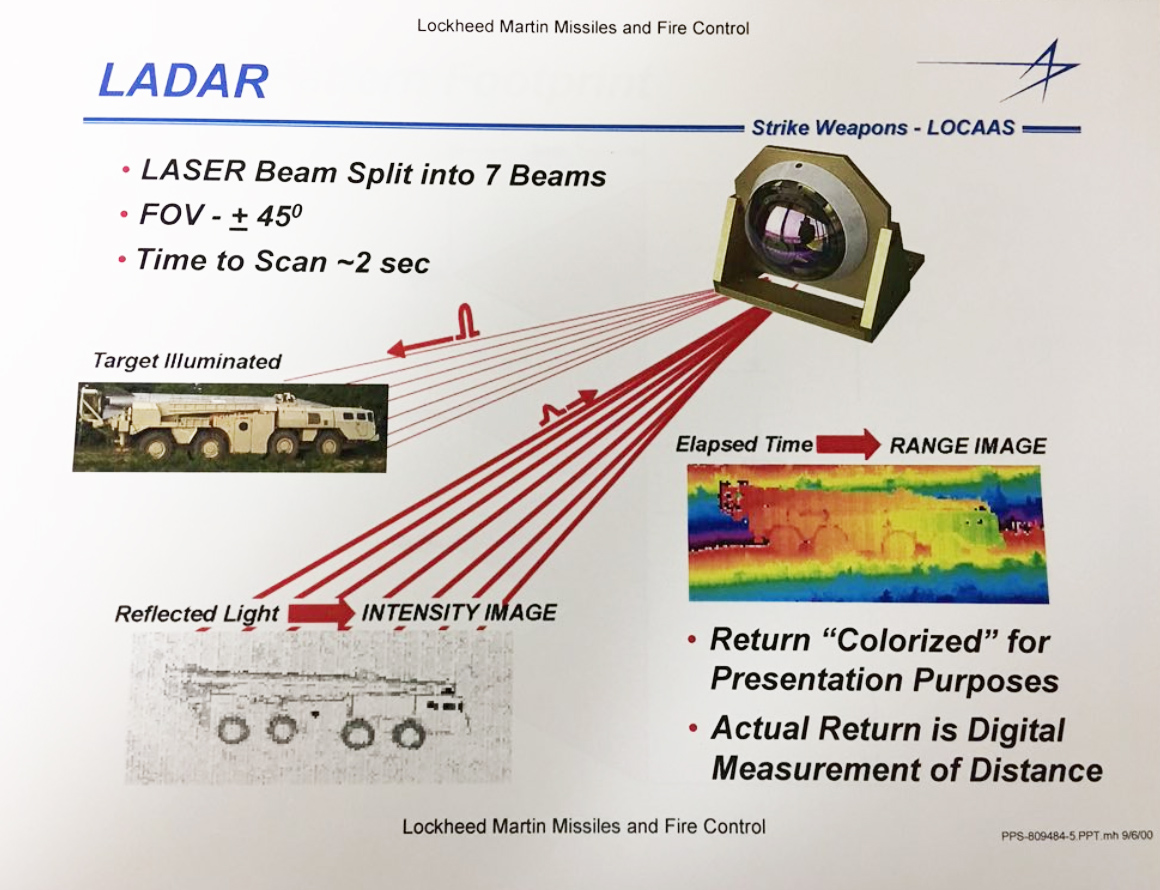




F136



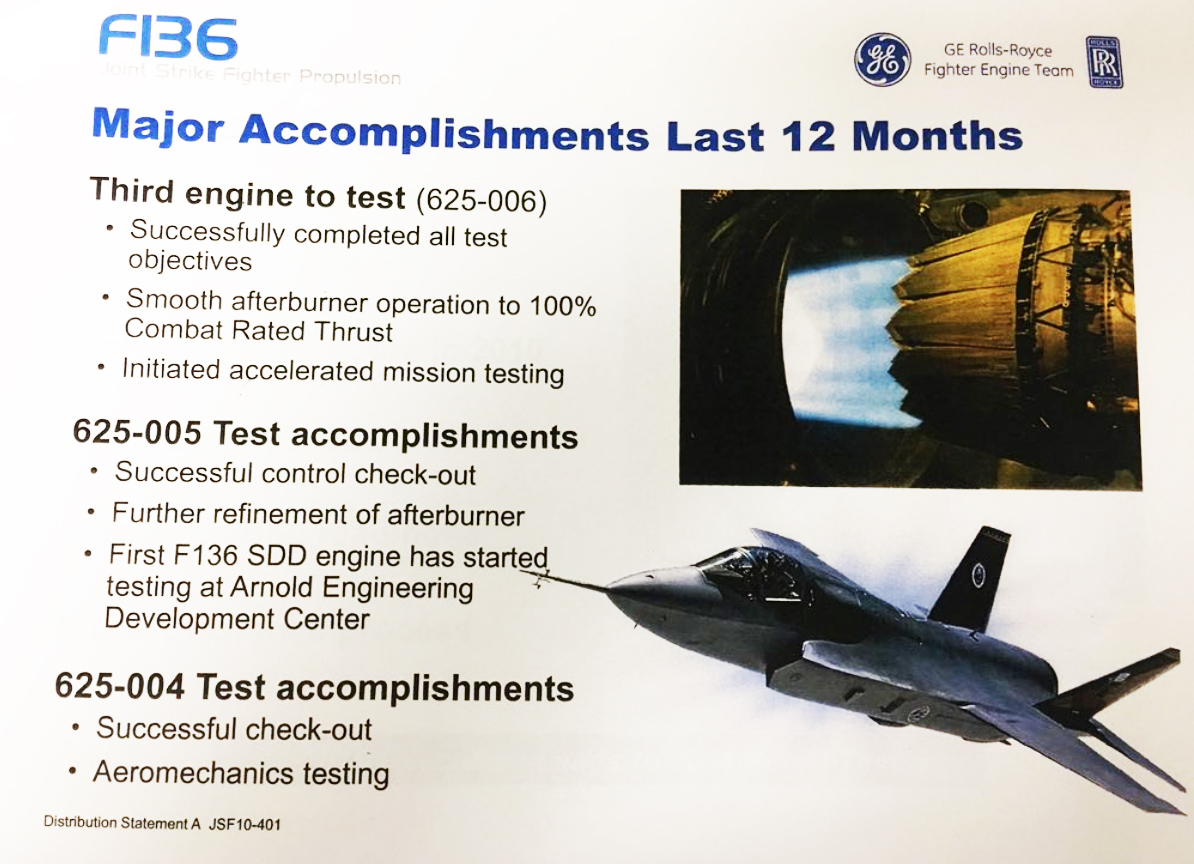
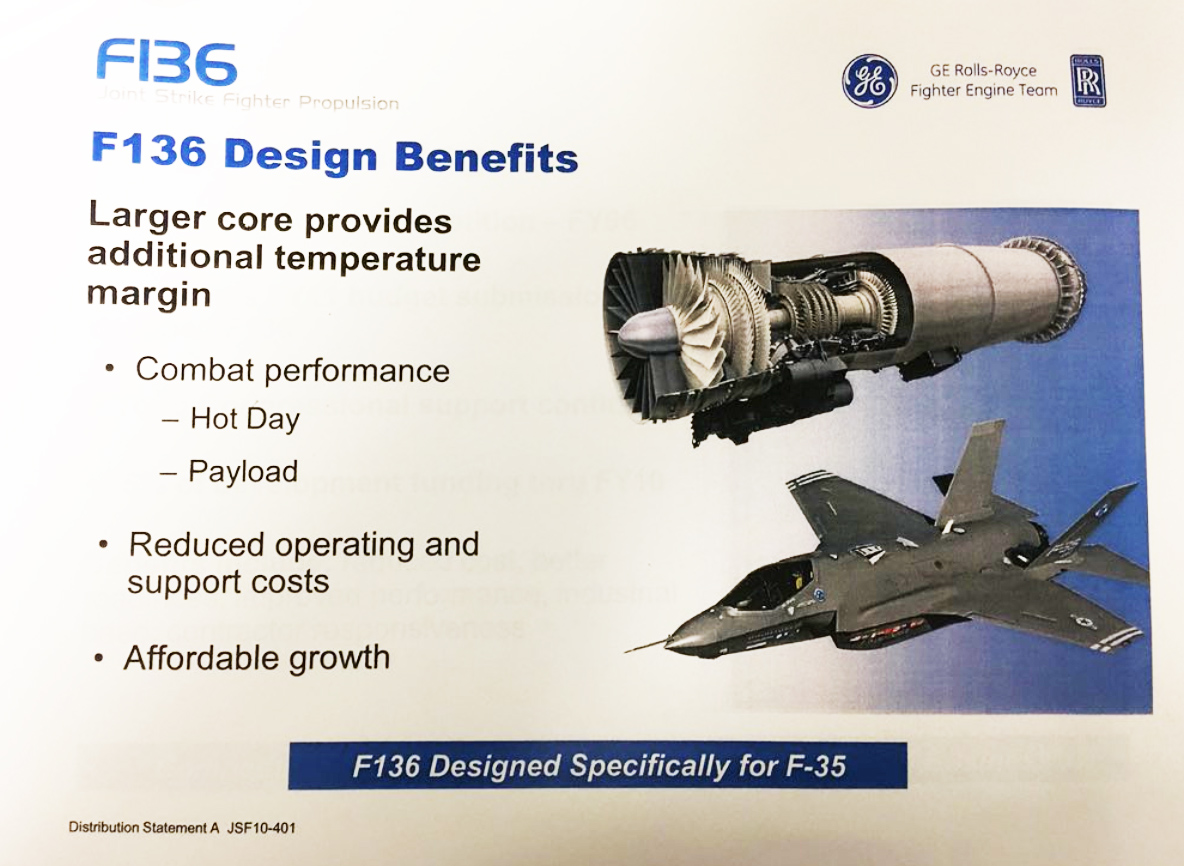



F-15 Silent Eagle

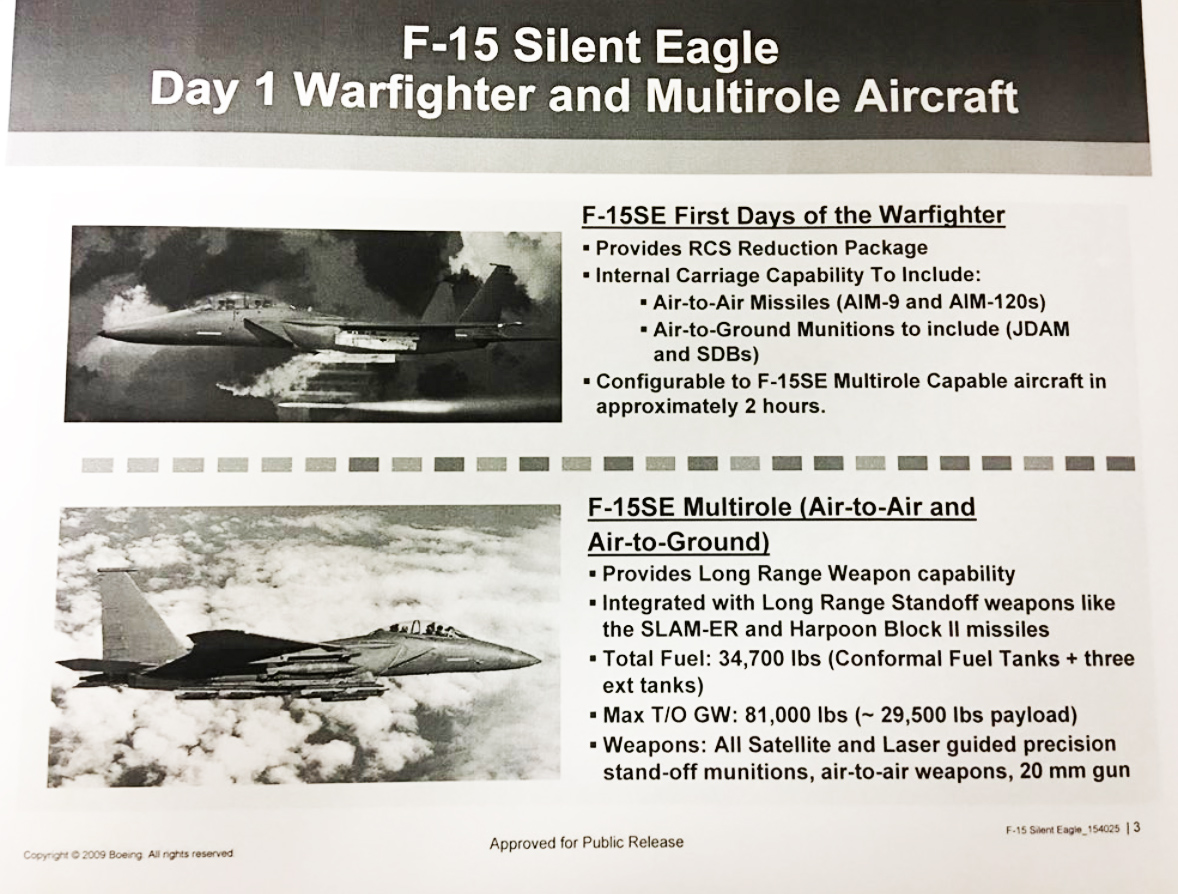

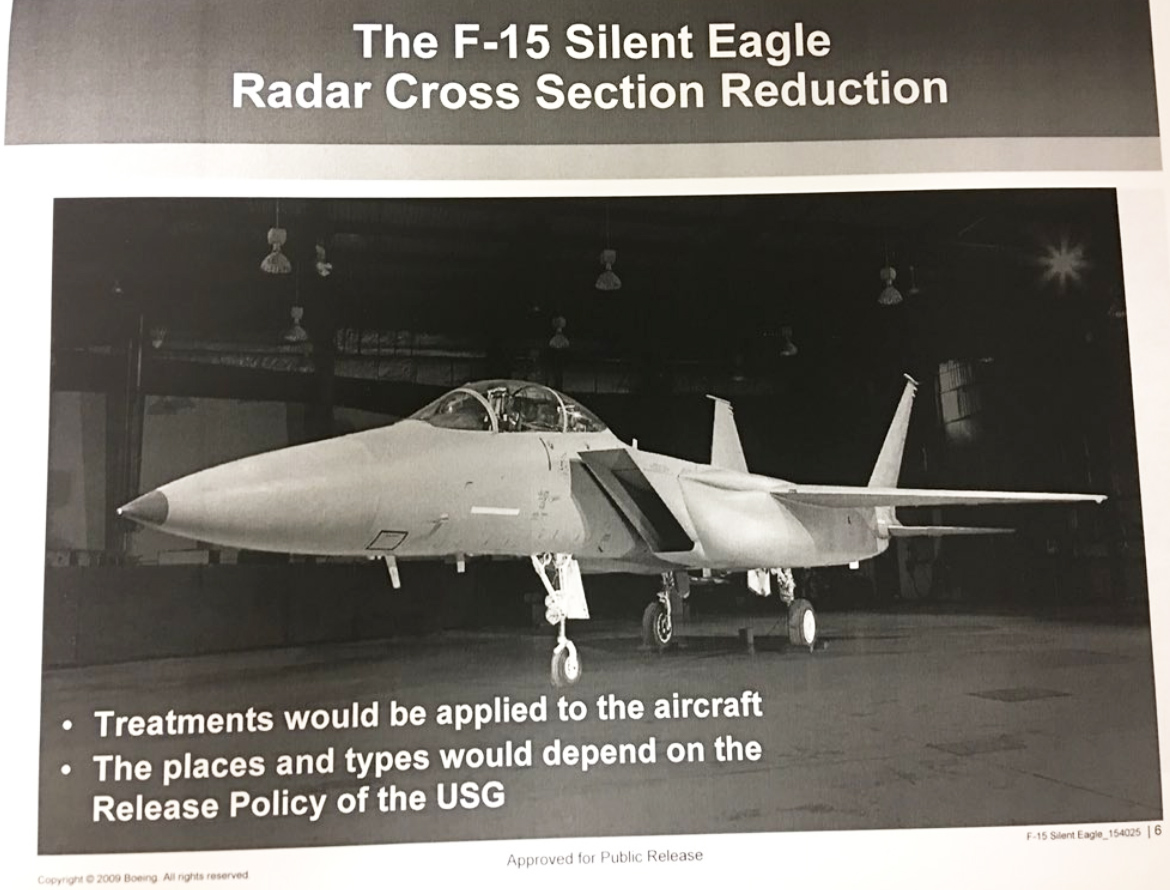


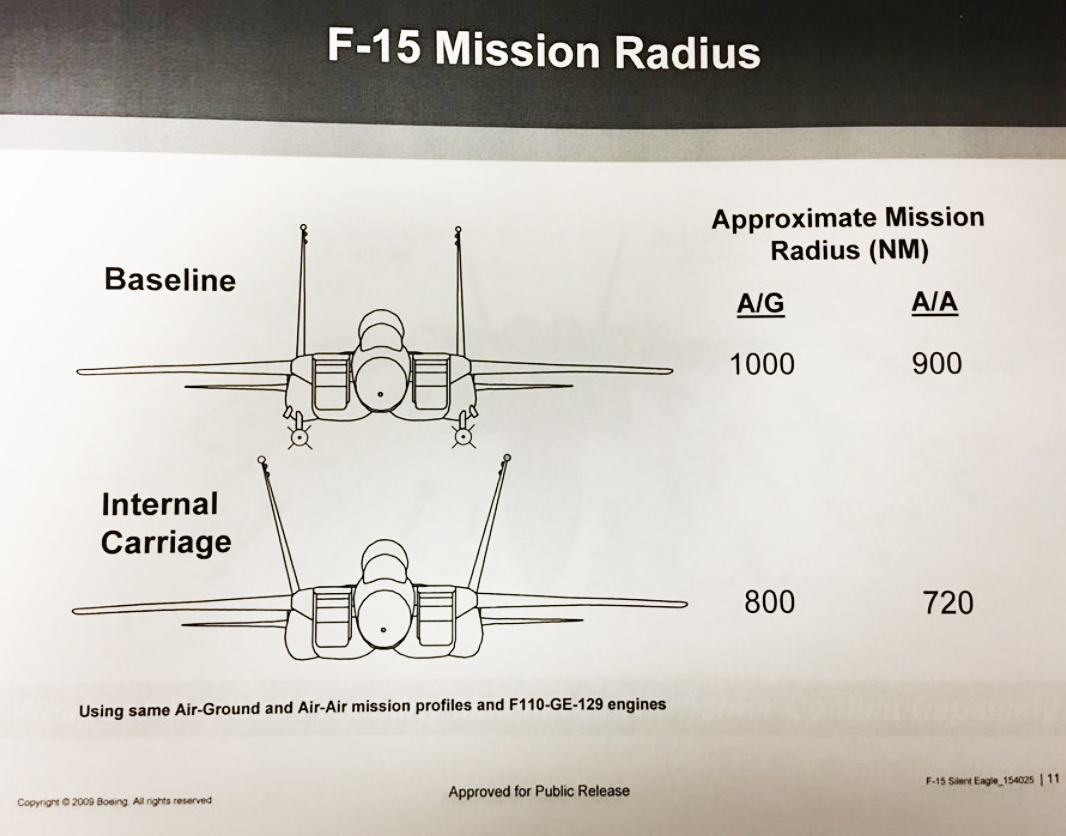
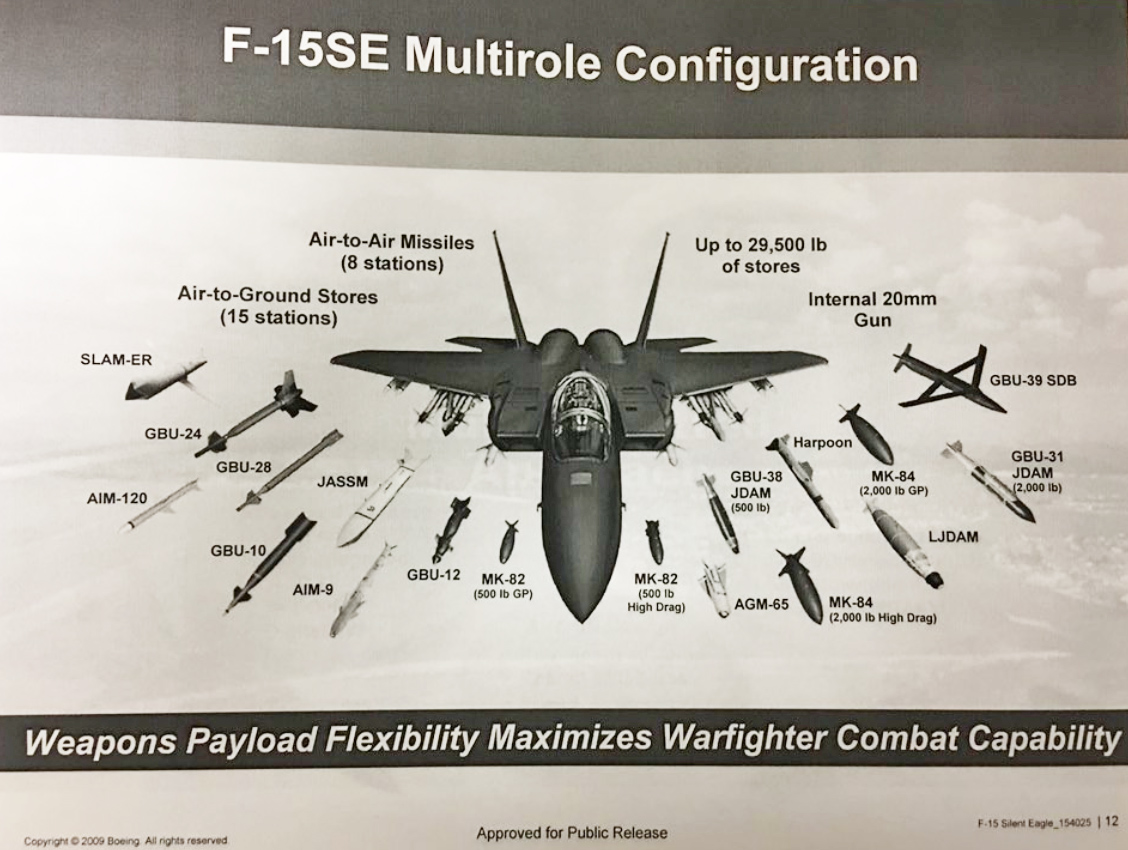


Huge thanks to Stephen Trimble for sharing his “artifacts” with us! Make sure to check out Flightglobal.com, it is one of the finest resources for aerospace information on the net.
Contact the author: Tyler@thedrive.com
